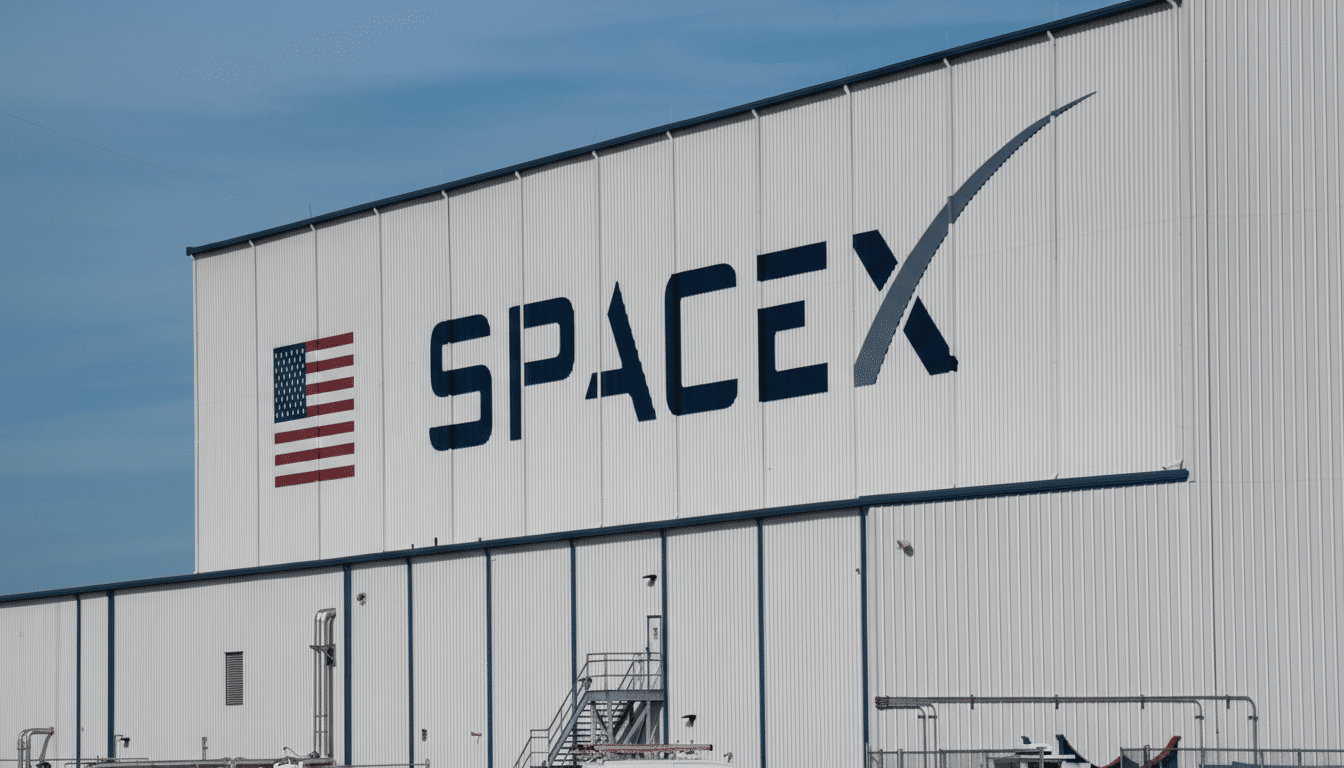SpaceX is establishing a homegrown system for public safety at its South Texas rocket complex with the formation of a Starbase Volunteer Fire Department to respond to fires and other emergencies across its sprawling launch and factory site. The shift puts emergency response in one of the fastest test-cycle factories for rapid tests, frozen propellants, and heavy industry.
A nonprofit department registered to 1 Rocket Road in Brownsville — with directors including staff members from SpaceX environmental health and safety and legal — is detailed in public filings in Texas. The filing mentions a mission the men and women working for the new force would have, including fire prevention, smoke reconnaissance, and public safety education — a way of saying it is meant to serve both day-to-day operations and major test campaigns.

Why SpaceX Wants the Fire Hose to Itself at Starbase
Rockets are powered by dangerous concoctions of liquid methane and liquid oxygen, and the infrastructure that surrounds them contains a mountain of high-energy materials kept under pressure at very cold or very hot temperatures. Industrial fire brigades are integral to places like refineries and chemical plants; it’s why there are standards such as NFPA 600 (the standard for industrial fire brigades). After all, specialized risks call for specialized training and gear.
SpaceX has a hefty water system in place at Starbase already, including the deluge equipment built under the launch mount to cool it and dislodge debris. A specialized department can then interface with those systems, pre-plan for propellant hazards, and have experience ranging from methane pool fires to ignition of composite materials to handling the aftermath of cryogenic frostbite.
A Volunteer Department That Took on Corporate DNA
Unlike municipal fire departments, the volunteer agencies in Texas are not under Texas Commission on Fire Protection regulations that govern municipal fire departments. An official with the agency has said volunteer organizations fall outside its jurisdiction, leading to questions about how standards, certifications, and training for the Starbase unit will be verified.
It’s still unknown how the department will interface with Cameron County’s 911 system and mutual-aid partners. In the past, SpaceX has relied on a mix of an in-house emergency response team and nearby community first responders, like those from Brownsville. Whether the new model works will depend on clear incident command protocols, planned drills, radio procedures, dispatch procedures, and joint operations.
From County Marshal to In-House Oversight
The volunteer department is coming in the context of a larger change: Starbase’s fire-code oversight is being managed at the local level, with the city hiring a fire marshal and building official from vendor SAFEbuilt. Those jobs, filled by Cliff Nevins and Wade Cain, are now at the center of plan reviews and inspections that previously relied on county workers.
That handoff came on the heels of a SpaceX-funded fire marshal position coming to an end at Cameron County’s emergency management office. County officials said a new partner, the LNG developer NextDecade, would support the position moving forward. Collectively, the alterations indicate that Starbase is in-sourcing code approvals while centralizing response under a company-run volunteer department.
Money, Gear, and the Safety Equation at Starbase
The proposed budget for Starbase allocates a smaller fraction to the volunteer department than the seven-figure allocations it provides to contracted law enforcement.

That difference means SpaceX will bear the capital costs directly, much like in a typical industrial setting — where special rigs and foam systems are often more expensive than what fits within municipal budgets.
By way of perspective, a modern Type 1 engine can easily exceed the high six-figure mark, pushing into seven figures depending on its configuration. Industrial foam tenders and/or ARFF-style units will add even more cost, as will major water supply.
According to NFPA statistics, industrial and manufacturing properties in the U.S. experience thousands of fires a year, with financial damage eventually reaching into the billions — making clear why companies invest in dedicated response rather than depend on mutual aid.
Lessons From Recent Incidents at SpaceX Starbase
Starbase has witnessed plenty of high-energy events, including a test that resulted in one of those fireballs seen for miles and generated frantic calls to local dispatch. No one was injured, but the incident served as a grim reminder that a test anomaly can develop into a multi-jurisdiction response problem if coordination is not instantaneous.
An on-site, closely integrated force can reduce response times to seconds, pre-stage foam and water monitors, and handle tasks like hot work permits and fuel purges during the test window. The Federal Aviation Administration’s flight safety and environmental analysis for the site expects this level of readiness, focusing on reducing hazards and being ready to respond in partnership with local agencies.
What to Watch Next as Starbase Builds Fire Department
The ongoing tests for the Starbase Volunteer Fire Department will be visible through training standards, joint exercises with the county departments, and a transparent path into the regional 911 and mutual-aid system. Regular drills with Cameron County, Brownsville’s fire department, and industrial brigades nearby would create the muscle memory required to respond quickly to complex incidents.
Equally important is community trust. The site is next to sensitive coastal habitat and a public beach, requiring the utmost speed in containment and clarity of communication for when things go wrong. Harnett believes that if SpaceX pairs its new department with strict compliance with NFPA and OSHA guidelines, while informing local partners — including firefighters who may one day find themselves at SpaceX’s future spaceports responding to a fire — the company has an opportunity to set a guide for how private spaceport offices can run their own industrial-scale fire safety operations.

